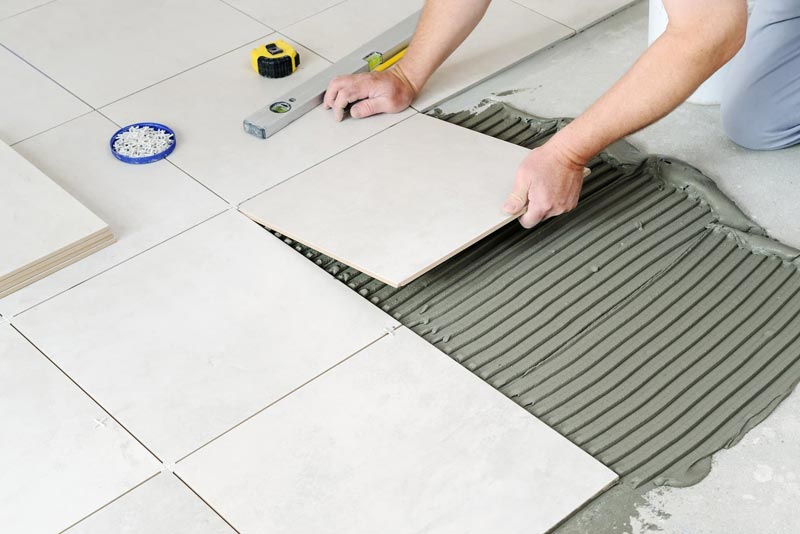
Tile Flooring Tips
Tile flooring is a versatile and popular choice for homes, offering durability, easy maintenance, and a wide range of design options. Whether you’re planning a new floor installation or considering a renovation, these tile flooring tips will guide you in making informed decisions and achieving stunning results.
1. Choosing the Right Type of Tile
The first step in achieving a successful tile flooring project is selecting the right type of tile. Options include ceramic, porcelain, natural stone, and more. Each type has its unique characteristics, so consider factors like durability, water resistance, and maintenance requirements when making your choice.
2. Assessing Tile Size and Layout
The size and layout of your tiles can significantly impact the overall aesthetic of the space. Larger tiles can create a sense of spaciousness, while smaller tiles may offer intricate patterns. Experiment with different layouts to find the one that complements your design vision and the dimensions of the room.
3. Grout Selection and Maintenance
Choosing the right grout color is just as important as selecting the tile itself. Grout color can enhance or downplay the tile pattern. Additionally, opt for high-quality grout and ensure proper sealing to prevent stains and moisture issues. Regular grout maintenance is essential for preserving the appearance and longevity of your tile floor.
4. Considering Tile Hardness and Durability
Different areas of your home have varying levels of foot traffic, and it’s crucial to choose tiles with appropriate hardness and durability ratings. For high-traffic areas like entryways and kitchens, go for harder tiles like porcelain, while slightly softer tiles may be suitable for less busy areas like bedrooms.
5. Embracing Patterns and Designs
Tile flooring allows for creative expression through patterns and designs. Experiment with herringbone, chevron, or subway patterns to add visual interest to your space. Mix and match colors or use mosaic tiles to create a personalized and unique flooring design.
6. Utilizing Accent Tiles
Incorporate accent tiles strategically to create focal points or define specific areas. Accent tiles can be used to highlight a kitchen backsplash, create a border around the room, or add interest to a bathroom floor. Be mindful of balance and cohesion in your design choices.
7. Proper Tile Installation Techniques
Achieving a flawless tile floor requires proper installation techniques. Hiring a professional installer is recommended, but if you’re tackling the project yourself, ensure a level and smooth subfloor, use the correct adhesive, and follow recommended spacing guidelines. Proper installation is key to preventing issues like cracks and uneven surfaces.
8. Temperature and Climate Considerations
Tile flooring can be sensitive to temperature and humidity variations. In regions with extreme temperature changes, choose tiles that can withstand such fluctuations. Additionally, consider underfloor heating systems for added comfort, especially in colder climates.
9. Regular Cleaning and Maintenance Practices
Maintaining the beauty of your tile floor involves regular cleaning and maintenance. Use appropriate cleaning products to avoid damage to the tiles or grout. Sweep or vacuum regularly to prevent dirt and debris from scratching the surface, and address spills promptly to prevent staining.
10. Seeking Professional Advice
When in doubt, seek advice from professionals in the industry. Visit tile showrooms, consult with interior designers, and enlist the expertise of tile installation professionals. Their insights can help you make informed decisions that align with your vision and budget.
As you embark on your tile flooring journey, keep these tips in mind to create a stunning and long-lasting result. For more inspiration and guidance on Tile Flooring Tips, visit indidesignhome.my.id and discover a wealth of resources to elevate your home’s flooring aesthetics.


